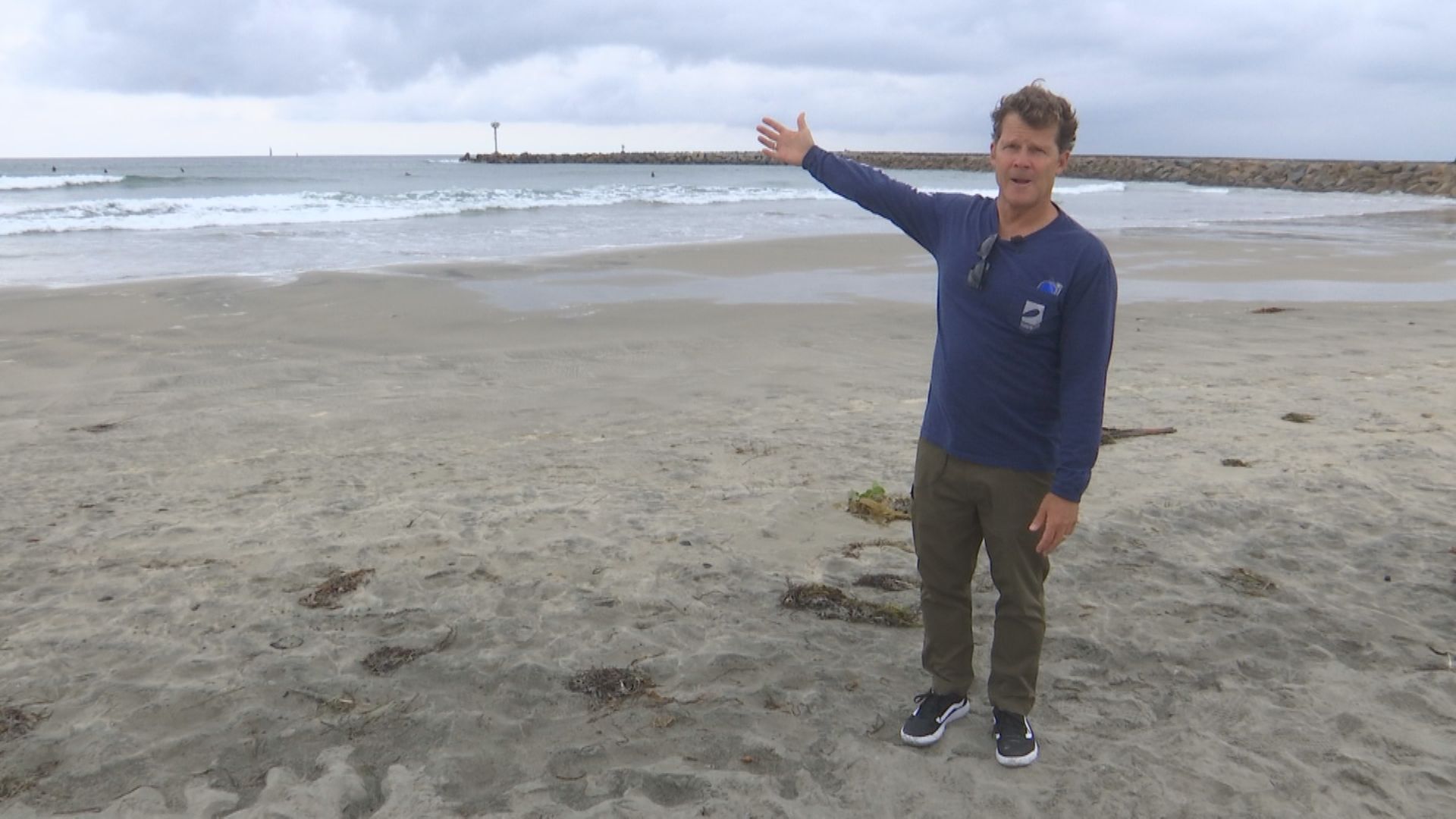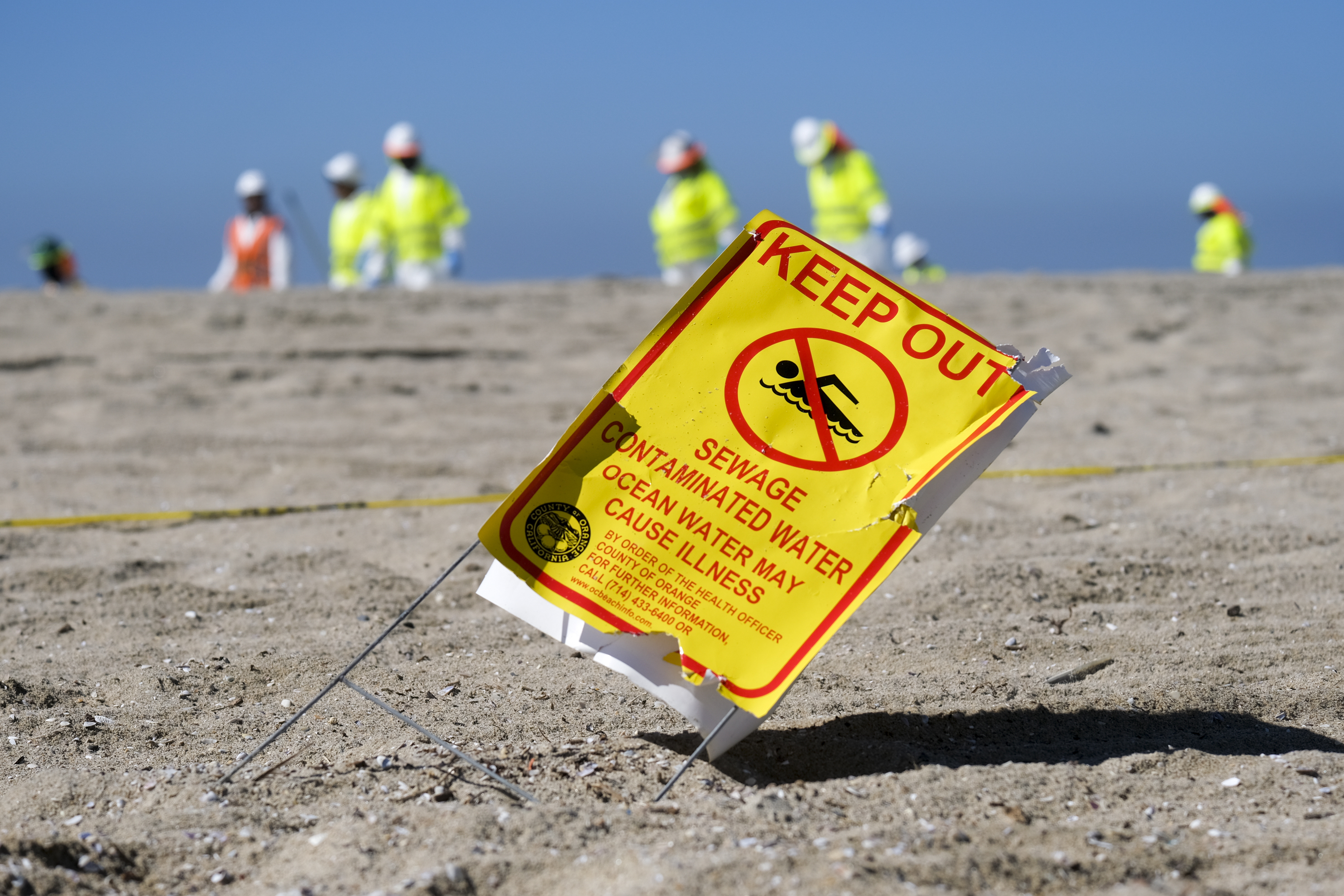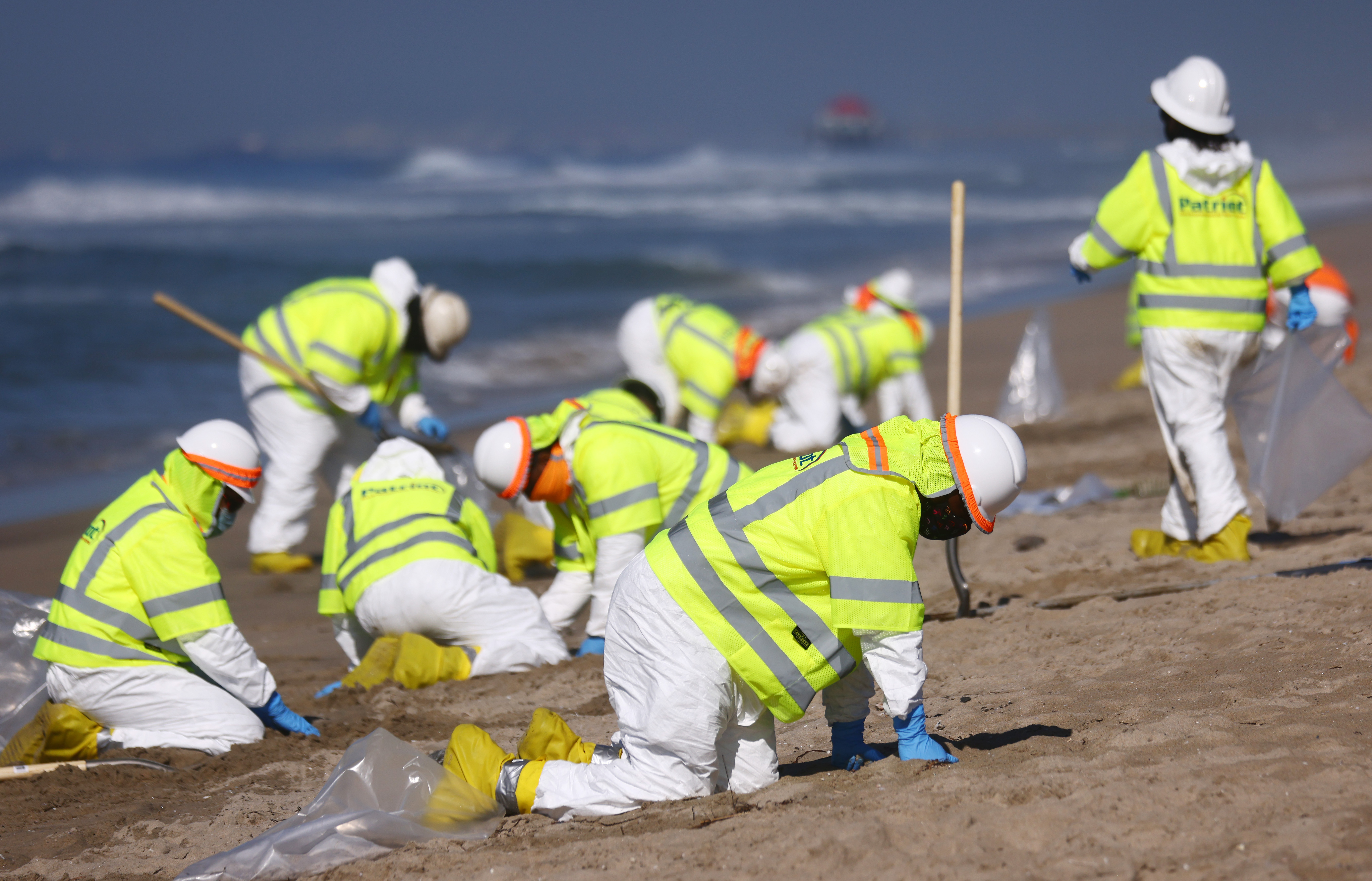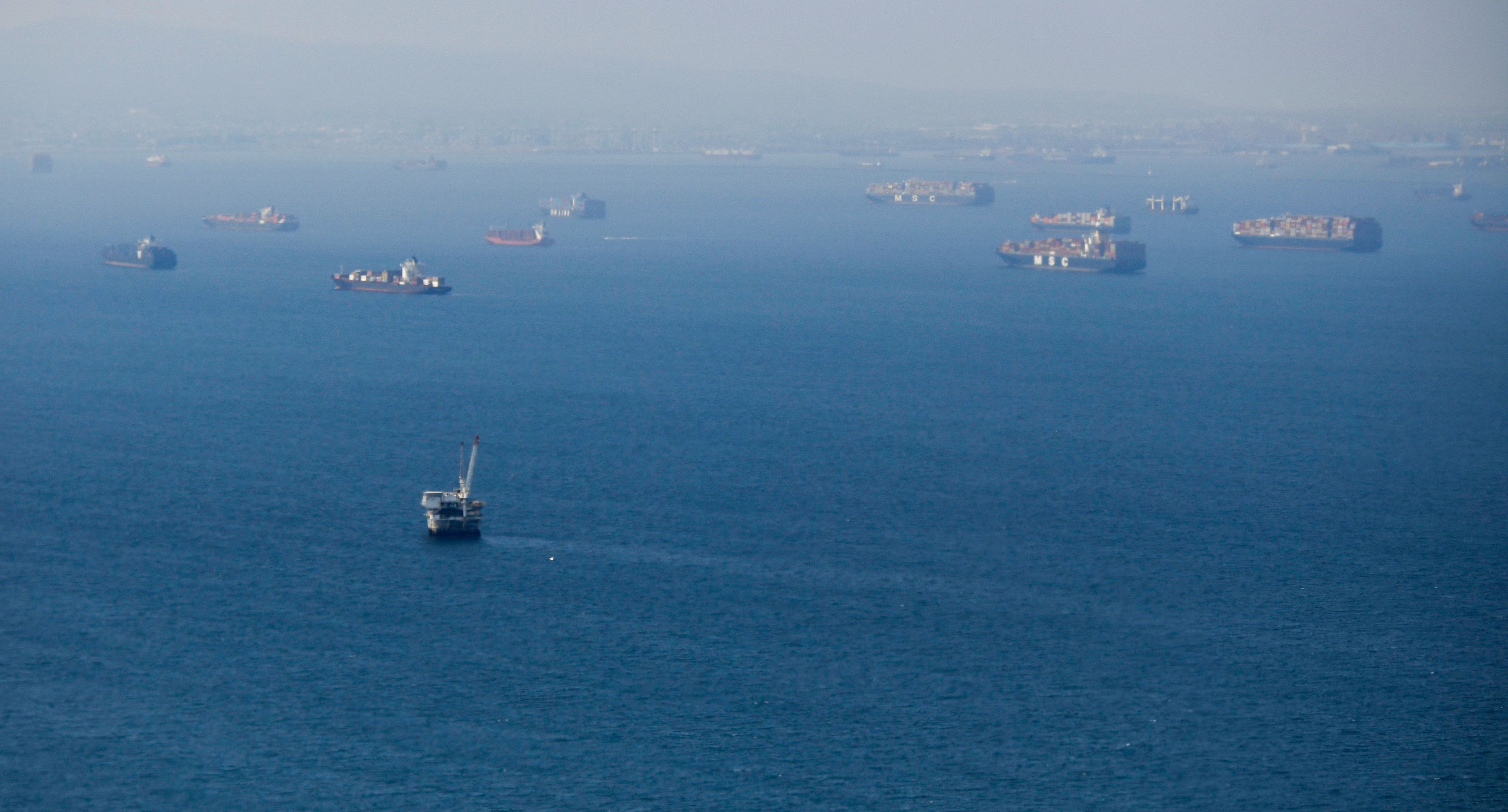Oil spill assessment teams continued Friday to scan the waters off of San Diego County's coastline for possible signs of sheen but, so far, have not said there is evidence that the oil spill near Huntington Beach has moved into the region.
Assessment teams are now checking waters as far south as the La Jolla Shores for signs the massive oil spill may have reached San Diego County, according to Unified Command. Meanwhile, investigators are still assessing whether tar balls found on the beaches of Carlsbad, Oceanside, Del Mar and possibly Encinitas were from the oil spill or are the result of natural seepage.
Tar balls were also discovered Friday in San Diego's Mission Beach. The tar balls would also be investigated to determine if they were connected to the oil spill.
Get San Diego local news, weather forecasts, sports and lifestyle stories to your inbox. Sign up for NBC San Diego newsletters.
Scripps Institution of Oceanography has been working closely with the oil spill's Unified Command. Dr. Clarissa Anderson, Director of Scripps' Southern California Coastal Observing System, says modeling and overflights have not shown the oil spill to be moving beyond San Clemente.
"I would say given all of the projections that are out there, we’re not seeing a huge chance of the oil making it this direction into San Diego county right now," Anderson said. "However, I will also say things could change; we are in the middle of a storm."
Anderson said the movement was going south, at first, before starting to move north again -- but the pattern could change again.
"The storm track such as it is now, has the potential to move the water around. We’re just not seeing the predominant direction being south, deep into San Diego county," Anderson said.
As for the tar balls, Anderson said it is not unusual to see naturally occurring tar balls, which could be discovered more often while everyone is on heightened alert due to the oil spill. We won't know for certain until the analysis results come back.
More than 900 crew members are aiding with the response operations. Teams are paying particularly close attention to the Santa Margarita River, the Oceanside Harbor and beach, the San Dieguito Lagoon, the Los Penasquitos Lagoon, the La Jolla Shores, and the Agua Hedionda Lagoon.
Crew members placed a protective boom on Thursday to prevent oil from seeping into the Agua Hedionda Lagoon, which provides intake water for the Carlsbad Desalination Plant. The plant provides about 50 million gallons of drinking water a day to people in San Diego County, to protect those resources.
Booms were also placed at the entrance to the Santa Margarita River near Camp Pendleton.
So far, San Diego County has not closed off any beaches or waterways but said "that could change if a public health threat was determined."
In Orange County, beaches were beginning to reopen. County beaches in Laguna Beach and city beaches in Huntington Beach and Newport Beach allowed visitors on the sand but not in the water or shoreline. County-run beaches in Huntington Beach remained closed.
On Friday, U.S. Coast Guard officials said the ruptured pipeline that sent tens of thousands of gallons of oil into the Pacific Ocean was likely struck by an anchor several months to a year before the oil spill. The anchor may have snagged but not actually fractured the pipe.
Capt. Jason Neubauer says other ships may have struck the pipe later, which was dragged along the sea floor and spewed oil last weekend from a slender crack.
So far, 5,544 gallons of crude oil has been recovered in the water. Crews collected 13 barrels of tar balls on Thursday and about 172,500 pounds of "oily debris" has been scooped up along the shorelines.
San Diego County has activated its Emergency Operations Center to be able to prepare for and respond to the oil spill does move further south. County Supervisor Nathan Fletcher said Thursday a state of emergency would be declared for the county if the tar balls are found to be connected to the oil spill.
The county and cities of Oceanside, Carlsbad, Del Mar and others said they were coordinating efforts with the oil spill's Unified Command, which has deployed Shoreline Assessment Teams and volunteers to help with testing and cleanup, where necessary.
San Diego residents are being asked to not touch or pick up tar balls if they are spotted, they will be removed by a trained team.
Fletcher said if any member of the public has questions, concerns, or think they observed something in the water can call, (866) 985-8366.
The California Department of Fish & Wildlife set up the Oiled Wildlife Care Network hotline, at (877) 823-6926, for people to call if they see wildlife impacted by the oil. Members of the public were urged not to approach any animals themselves.
For more details and updated information on the oil spill, visit the Southern California Spill Response website.





